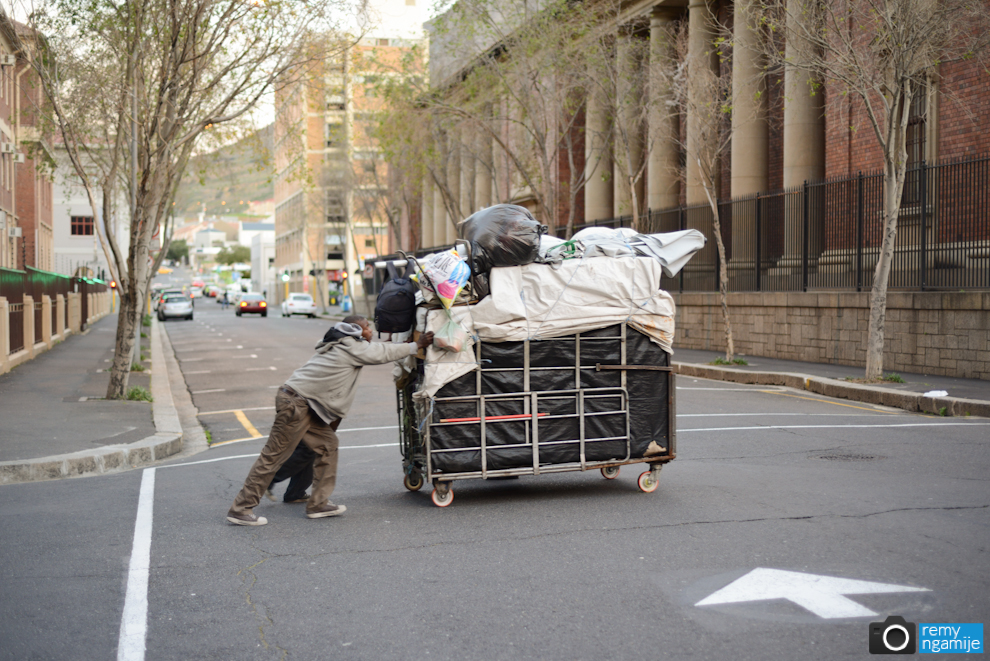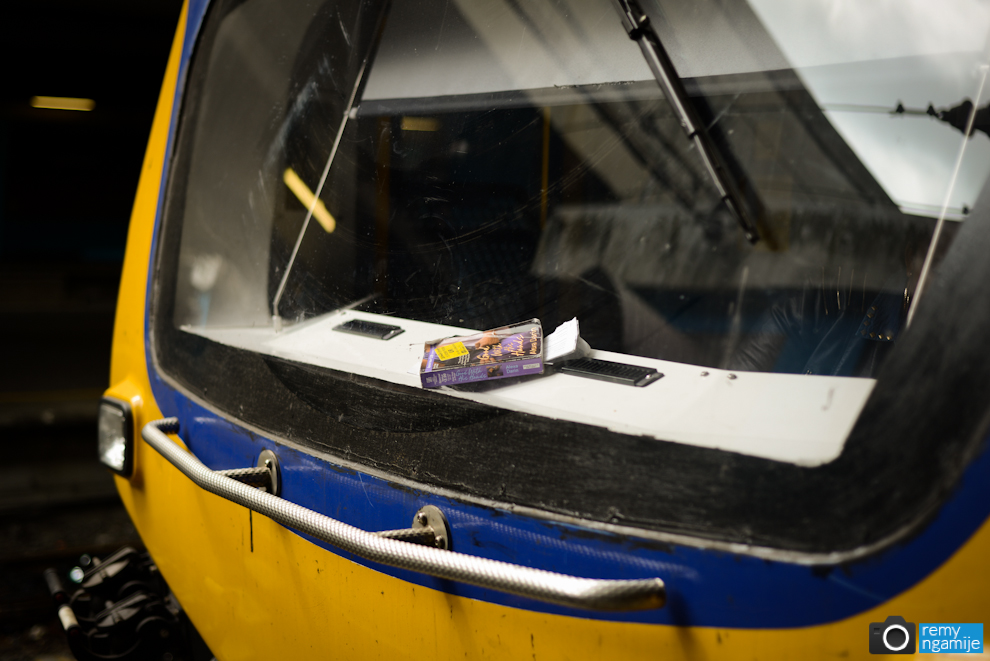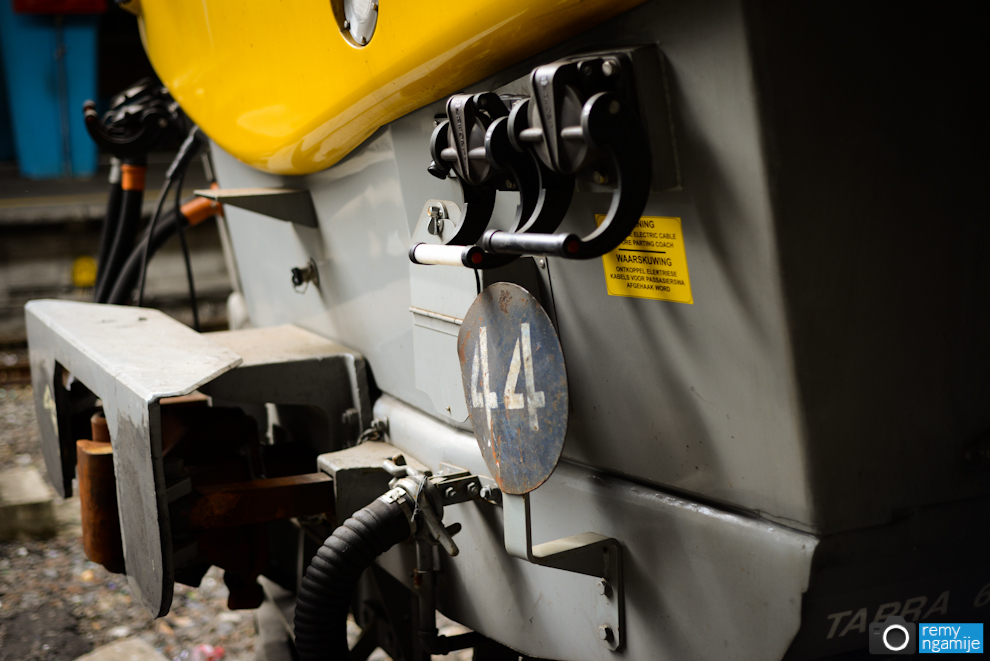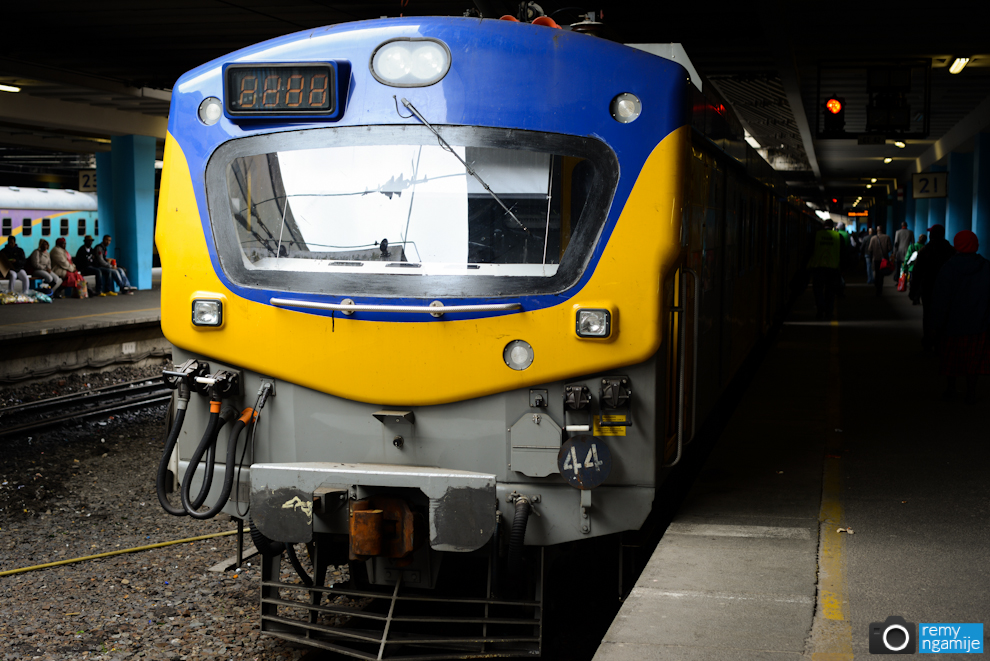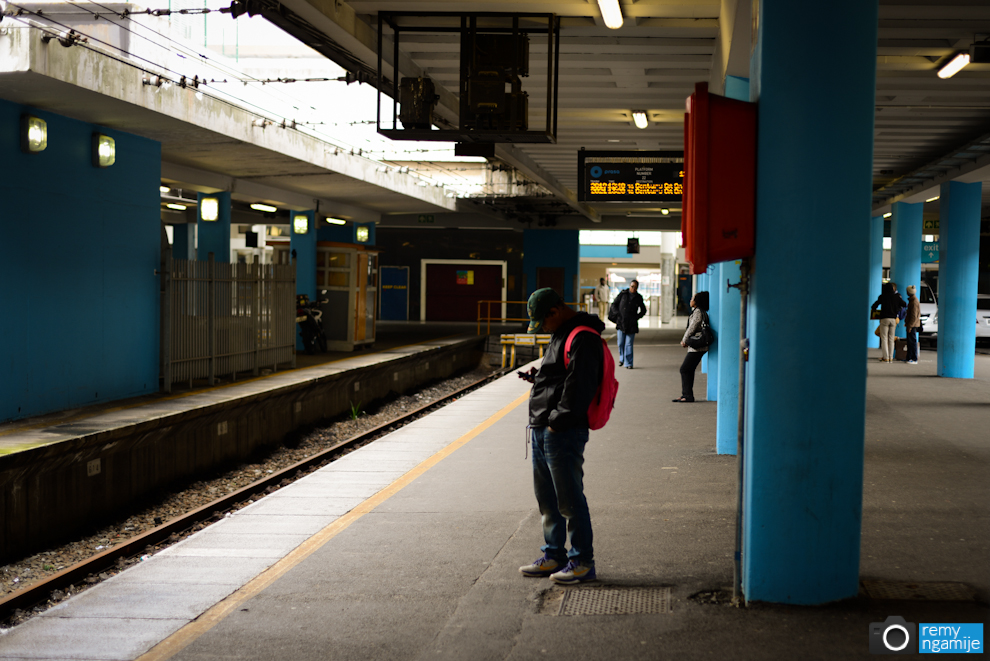The downside of using the Nikon D800 for street photography, informally known as “street”, is that the streets become vacant as though a dangerous gunslinger just rolled into a small prospecting oupost in the Wild West whenever you whip it out to snap a few shots. People hastily jump out of your viewfinder’s frame like a gun is pointed at them. Mothers scream for their children to come inside; blinds are quickly drawn; and restaurant tables are thrown over as the patrons scramble to escape the impending pictorial shootout. Abandoned croissants, lattes, and suitcases are strewn on the streets as you walk by looking for a moment to capture. If there is another way to clear a busy pavement I have yet to find it.
To a certain extent I can understand the fear. The D800 looks less like a camera and more like a weapon. It is big, black, chunky, and and barely fits in your hand. Okay, okay. Poor choice of words—please forgive the innuendo. But you understand what I mean. There is nothing discreet about the D800—even on a busy Cape Town street it is as subtle as Marylin Manson in full regalia at a baby’s baptism. Once it is coupled with a battery grip it weighs as much as Thor’s hammer; when it is rattling off the shots it sounds like a small war is happening on the curb. If I was on the other side of a D800 I, too, would run.
It stands out. And in street, documentary, or journalism photography where the photographer is required to blend in with the surroundings to capture a sly shot it is much harder when you are holding Optimus Prime’s cannon. People’s fears are quite justified when you hear the auto-focus mechanism of my 50mm lens calibrating to snatch an image from time and space; for all you know it could be preparing to suck your soul.
The D800 swallows light like a black hole and spits it out in 36 megapixel photographic supernovas. The images are so big, so detailed, and so clear you can zoom into one of my self-portraits and see all the lies I told my mother when I was eight years old. What the D800 produces are not images, they are hard-drive-crippling chronicles of time. On the street, where you might be prone to spray off shots with reckless abandon, the D800 makes you think about what you want to shoot; at 100MB per RAW file you pause and wonder if the umpteenth shot of the lamp post is really worth it. The images churned out by the D800 are crisp but voluminous; you need a good hard drive to store all of your images and a PC that does not slouch to edit the full RAW format images.
Be that as it may, stalking the Cape Town streets hunting for something to shoot is a lot easier with my new full-frame (FX) monster; it is relentless in its performance and having its photographic arsenal at my disposal gives me the confidence to capture the images I want. If I want to shoot something I merely point the D800 in the right direction and it ambles off and returns with the screaming, struggling image and drops it at my feet. The D800 does not ask questions, it does whatever you tell it to. It is photographic brute force.
Of course, all of this power comes at a cost. The D800 is demanding in its handling, and despite the similarities in key functionalities with other Nikon cameras, the D800 is not easy to get used to. It took whatever familiarity I had with my diminutive D3100 and tossed it in the rubbish bin. It is a complex machine and it is hard to become familiar with it when you are afraid of pressing some random self-destruct button every time you compose a picture. Learning how to use it is like practicing foreplay on a dragon—I mean, I know the basics (rub, rub, stroke, pinch, rub, rub…err…bite? That’s the formula, right?) but all of the knobs and dials can be overwhelming at first.
It feels like I am learning how to shoot all over again whenever I use my D800. DX and FX photography are two different things—the transition between the two machines is jarring and ego-crushing. Nonetheless, the D800 dangles a very attractive carrot—with a little work and some practice you will never want to put it down.
Committing to an FX camera is not easy; I had to enter a Faustian deal to get mine. Apparently my soul was poor leverage so I also had to collect the blood of a thousand virgins. It may have taken some time, but it is safe to say that there are no virgins left in Cape Town; if she says she is one, she is lying, bro.
But, my goodness, it was worth it. I do less post-processing because the raw images need little or no touching up. With the D800, most of my editing is done in-frame. It is such a good piece of tech, and once you are over all of the initial hurdles it pretty much becomes an extension of you. It is the catalyst that has helped to get me out of my photographic sabbatical.
It has been a while since I was out on the streets, and I must admit that the return is intimidating. Eight months on the sidelines really dulls your photographic instincts and reflexes. Waking up the creative eye becomes much harder when you bypass portraiture, still life, macro, and landscape photography—mediums, in my opinion, that are the best way to get back into photography—to dive into two of the most challenging mediums: street and photojournalism.
My haitus from photography was triggered by career frustrations: I was doing too much fashion and still life and not nearly enough street photography or photojournalism, which is what I really want to do. Sure, shooting fashion was fun, still life was cool, and landscape was relaxing, but I wanted to do something toothier, something with more reach and relevance. Street and photojournalism appeal to the journalist and writer inside me, and I think Cape Town has an untapped market for it. There is so much happening on the street that needs to be documented and shared, so many random stories, and many uncaptured moments of life that should be archived. Cape Town has a pulse and I would like to capture it. Also, I was just tired of being called up whenever someone felt like getting dolled up and taking pictures in Kirstenbosch. The shift was necessary—my phone has stopped ringing and I want to keep it that way.
Moving into street photography and photojournalism does not mean I am totally leaving the other mediums I have used on the The Quill. I am just focusing more on street and photojournalism because I think they are the most relevant and the most interesting fields to me. Street and photojournalism have always been interesting to me, and now that I have a machine capable of keeping up with the demanding tasks the two genres bring I am throwing myself into them wholeheartedly. However, you can still expect the odd assault of autumn leaves and Cape Town sunsets when the mood takes me.
Shooting street in Cape Town, though, is not easy. People here are not used to being photographed. By that I mean people here are not, for example, as comfortable with being in random photographs like New Yorkers would be; people on that side of the world are used to it, it is part of their culture—in Cape Town, though, people are hesitant to be the subjects of a story they have no control over. Hostility is pretty common on the sidewalks and byways, and if one is not careful it is easy to anger people who do not want to be photographed, or people who might not mind being photographed provided that they know what the images will be used for. That is where a smile, a polite greeting, or a kind explanation come in handy. Being a fast-talker helps too. Still, trying to compose a good street photograph can become frustrating in Cape Town when everyone is dodging and ducking your camera or when pompous security guards act like the world has been declared a no-photography zone.
It will take some time to get acquainted with all of the intimate techniques of street photography and the ethical considerations of photojournalism. I am using the National Geographic’s photography guidelines for editing and staying away from Lightroom presets—I am, as far as possible, keeping my style simple. Less editing means more time to write too. The photographs published with this post are my preliminary steps into two exciting mediums. Hopefully, I will become better. As always, practice makes perfect. Plus, I have eight months of photographic slumber to make up for.
Time to go and shoot some shit.
